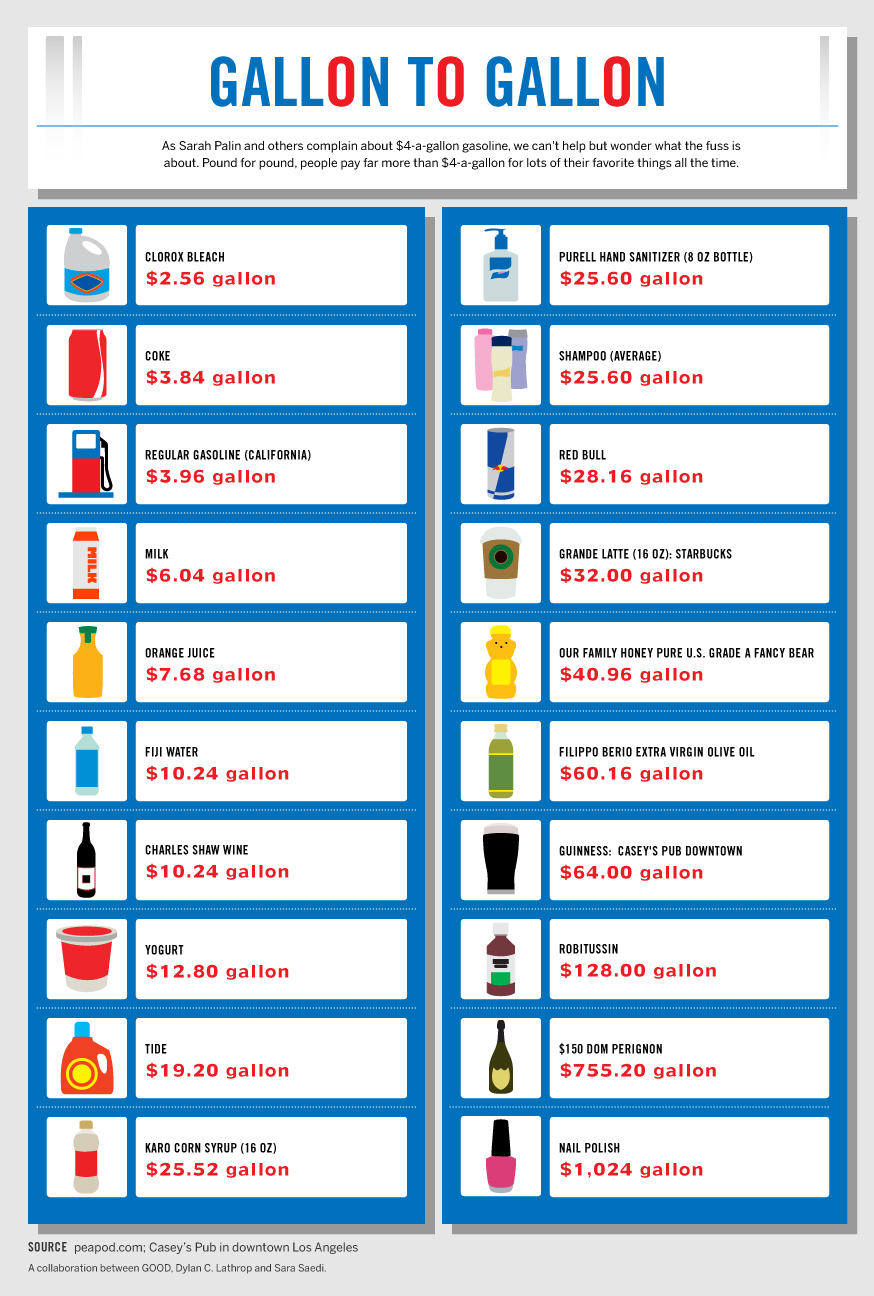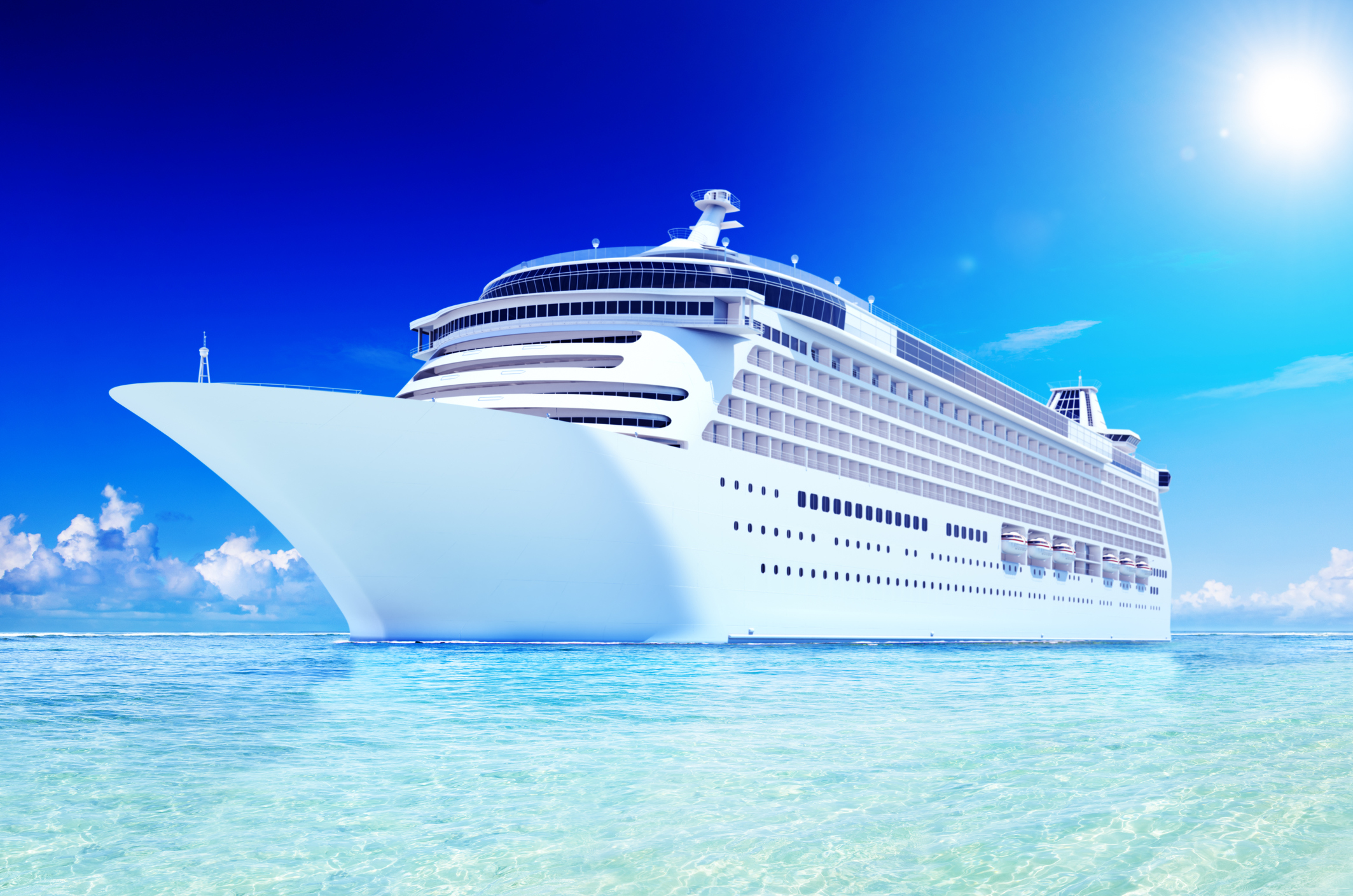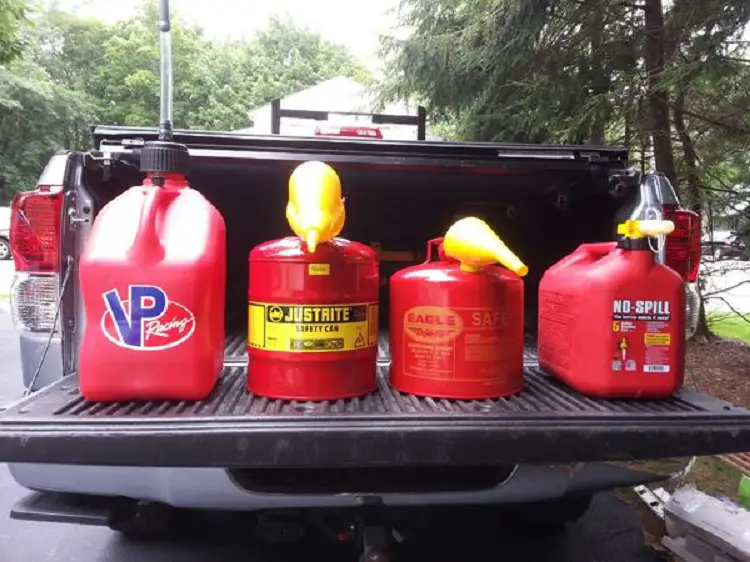Table Of Content

The size of a cruise ship plays a crucial role in determining its gas consumption. Cruise ships come in various sizes, ranging from small boutique vessels to mega-ships that can accommodate thousands of passengers. The amount of time cruise ships can spend at sea depends on how much fuel they consume. The number of port visits, average speed, and weather conditions affect fuel usage. In conclusion, the cruise industry is committed to reducing fuel consumption and minimizing its environmental impact.
A Traveler’s Guide: Best Tips to Stay Safe in the Sun
With such changing fuel consumption patterns, cruise ships use a high share of fuel in shipping. The changing regulations are also dictating the adaptability of these ships to use electric propulsion. Modern vessels also use dual propulsion, using both electric and fuel resources. The Guardian reported that the Harmony, owned by Royal Caribbean, has two four-story high, 16-cylinder Wärtsilä engines. At full power, they would burn around 1,377 gallons of fuel per hour, or about 66,000 gallons a day of high-polluting diesel fuel.
Consumption Figures for Cruise Ships
Icon of the Seas: How Much Poop Will World's Largest Cruise Ship Produce? - Miami New Times
Icon of the Seas: How Much Poop Will World's Largest Cruise Ship Produce?.
Posted: Fri, 26 Jan 2024 08:00:00 GMT [source]
All ships rely on propellers/screws to be pushed through the water, providing forward and reverse motion. Airplanes, for example, require tremendous propeller speeds to provide the forward motion, but ship propellers don't need to turn so fast and rely on torque power. Therefore, ships travel slowly and rarely top 30 knots (for more info follow our speed-link above).

Cruise News Recap: Carnival Hike, Overbooking, Stranded Passengers
By adopting energy-efficient technologies and implementing sustainable practices, cruise lines can reduce the energy demands of these systems and minimize overall fuel consumption. The fuel capacity of cruise ships is influenced by factors such as vessel size, distance and itinerary, speed, efficiency, operational requirements, and regulatory compliance. Cruise lines carefully consider these factors to ensure they have enough fuel to power their voyages efficiently.
The speed at which a cruise ship travels also affects its fuel consumption. Ships that travel at higher speeds burn more fuel per hour than those that travel at slower speeds. Cruise lines must balance the desire to reach destinations quickly with the need to conserve fuel and minimize costs. By adjusting the speed of the ship based on the itinerary and fuel efficiency, cruise lines can optimize their fuel consumption and maximize the distance they can travel on a single tank. Recognizing the environmental impact of fuel usage, cruise lines are investing in sustainable practices to mitigate their footprint.
How Much Does an Antarctica Cruise Cost?
Liquified natural gas has emerged as a more environmentally friendly alternative energy source for cruise ships. In the next section, we will explore the technologies employed by the cruise industry to enhance fuel efficiency and minimize its environmental impact. As travelers, we can also contribute to a more sustainable cruise industry by making conscious choices when booking our voyages.
What time should I schedule my flight home after my cruise from Fort Lauderdale?
However, it’s important to understand that these enormous vessels require large amounts of fuel to power their engines and keep everything running smoothly. An average-sized cruise ship uses around 140 to 150 metric tons of fuel daily, or about 46,500 gallons. If you want to impress your friends with fun cruise ship statistics, the average cruise ship uses 18.3 gallons of fuel per minute or 1100 gallons of fuel per hour. A large cruise ship of over 1,200 feet in length can hold up to 2 million gallons of fuel.

Liquified Natural Gas (LNG)
If the tank is half full, fueling will be almost 165 hours — basically a whole week! Thankfully, cruise ships go through rigorous maintenance before and after trips which gives crew members and mechanics ample time to see that the tanks of cruise ships are full and ready to go. Smaller cruise ships will naturally consume less fuel, and cruise ships that are traveling slower will use less as well. This means that a small cruise ship traveling slowly will consume the least amount of fuel; while a large cruise ship going fast will consume the absolute most amount of fuel.
ABB also supplies the power generation, distribution systems, bow thrusters, and of course, the 2 x 20,500 kW propulsion Azipod XO units (at the photo at right), transformers and drives. The above photo shows Oasis-class ship propulsion Azipods (2 units) before being mounted onto the hull. She has worked in the cruise industry since 2015 and has taken over 30 cruises. Now, she helps over 1 million people per month to plan their perfect cruise holidays. While this is happening, most coastal sailing involves eco-friendly or slow motion.
A smaller ship will use less fuel than a large ship to travel the same distance. Both size and the average speed a cruise ship travels impact how much fuel it uses. On average, a large cruise ship can use up to 250 tons of fuel per day, which is around 80,000 gallons. Cruise1st.co.uk claims a normal cruise ship can use around 140 to 150 tons of fuel each day, consuming 30 to 50 gallons per mile travelled. Speed affects cruise ship fuel consumption because to go faster, vessels must increase the electricity flow to motors.
Based on the collected data, the software suggests optimal performance recommendations. Usually, ships are powered by four or five generator sets (medium-speed, 500 revolutions per minute), fueled by diesel and creating 8-10 MW energy each. The power density of marine diesel medium-speed engine is 80 kilowatts per cubic meter. Ships that use diesel engines are required to carry exhaust-treatment systems and catalytic-reduction equipment to reduce the environmental impact. These ships incorporate a complete ABB propulsion - Azipods, electric power plant, computer automation, and software. Crystal cruise ships are powered by two "Azipod D" units allowing navigation in polar destinations.
The energy consumption of these auxiliary systems can contribute significantly to a cruise ship’s overall fuel consumption. Cruise lines are constantly seeking ways to optimize fuel efficiency and mitigate the impact of ship size and passenger capacity. Innovative ship designs, such as streamlined hull shapes and improved hydrodynamics, can help reduce drag and improve fuel efficiency. Advanced propulsion systems, like pod drives or electric propulsion, are also being adopted to enhance energy efficiency. The type of engine installed on a cruise ship has a direct impact on its fuel consumption. Modern cruise ships typically utilize either diesel-electric or gas turbine engines, each with its own advantages and considerations regarding fuel efficiency.
It becomes important for the crew onboard to know the engine characteristics. For example, a third-generation engine and its performance between eco speed to full load vary considerably. This means every engine will have a unique consumption chart depending on these characteristics. Cruise vessels mostly dwell around the coastal areas with occasional visits to the deep ocean. A major reason for this is that passengers want to indulge in the onboard and shore enjoyment together. Hence, once the vessel route comes through, the bunker estimations go underway.
Larger ships generally require more fuel to propel their weight and accommodate the facilities and amenities onboard. The main advantage of the diesel-electric cruise ship engine systems is efficiency as they allow main engines to operate near the most efficient speed, no matter if the ship is moving at 5 or 25 knots. Some modern cruise ships are even exploring the possibilities of hybrid propulsion systems, combining diesel engines with battery power, or potentially using renewable sources such as wind or solar power. However, these are still in the early stages of development and implementation. Small cruise ships may only be able to hold 100,000 gallons of fuel, while the fuel tanks of some of the biggest cruise ships may hold upwards of four million gallons of fuel. Heavy Fuel Oil (HFO) is a type of fuel that is commonly used in cruise ships due to its cost-effectiveness.
Thus more engines are employed, and it, in turn, increases fuel consumption. For example, Queen Mary 2 consumes 237 tons MGO and 261 tons HFO a day when at full speed. After a certain point, the rate of return decreases from adding engines, because if a ship can manage 17 knots by two engines, it doesn't mean that four engines are going to produce 34 knots.
Fuel may be the last thing you think about on your cruise, but it’s very important. While electricity is already taking over our everyday lives with electric vehicles, the cruise industry may be a little behind. However, while diesel does have adverse effects on the environment, some cruise lines are working towards improving their diesel consumption and exploring other alternatives. The significant difference also includes the passenger behaviour of visiting the shores, resulting in lower power usage.


